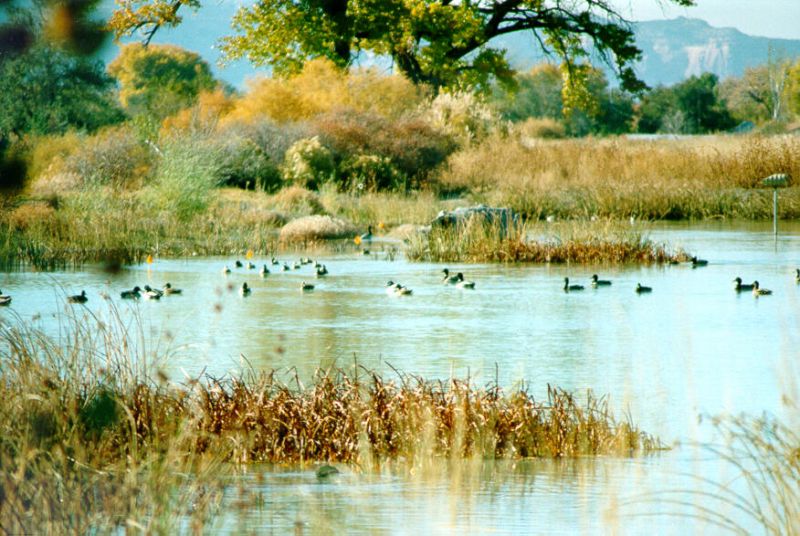Protect Wetlands to Reduce Disaster Risk
Published on by Water Network Research, Official research team of The Water Network in Non Profit
Sites such as mangroves, coral reefs, flood plains or peat marshes are natural buffers against weather hazards including storms and floods, according to experts marking this year’s World Wetlands Day.

Wetlands in Sri Lanka
“Disasters and disaster risk are rising,” said Ms. Jane Madgwick, Chief Executive Officer of Wetlands International. “Ninety percent of those disasters are water-related. It’s no accident that such disasters are rising as wetlands are degraded.”
The 2017 theme of World Wetlands Day is disaster risk reduction, and Ms. Madgwick told a conference in Geneva that it was important to do away with the label “natural disasters”, given that the risk-increasing actions of humans are the critical factor.
“It’s actually in our hands how much of a disaster it is,” she said.
Ms. Martha Rojas-Urrego, Secretary General of the international community’s Ramsar Convention on Wetlands, underlined that 64% of the world’s wetlands have disappeared in the past 100 years. The current rate of loss is 1% per year, faster than any other ecosystem.
“Wetlands are drained or degraded to meet the increasing demands for water and land to cater for agriculture, industry and a growing urban population. It is crucial that more voices speak up for wetlands, more people become informed of their value and more decisive actions are taken to conserve and restore this valuable ecosystem,” Ms. Rojas-Urrego said.
“Well-managed wetlands make communities resilient in the event of extreme weather and help to minimize the damage from these hazards. Coastal wetlands such as mangroves protect against flooding and serve as buffers against saltwater intrusion and erosion. Inland wetlands such as floodplains, lakes and peatlands absorb and store excess rainfall, which reduces flooding as well as delaying the onset of droughts by storing water,” she explained.
Deploying ecosystem protection as a means to curb the impact of hazards is a key tenet of the Sendai Framework for Disaster Risk Reduction, adopted in 2015. The 15-year Sendai Framework is the international community’s most comprehensive disaster risk reduction blueprint to date, and was the first building block of the 2030 Agenda for Sustainable Development.
There is an abundance of the impact of protecting or degrading wetlands.
In Hikkaduwa, Sri Lanka, protected offshore coral reefs helped break the power of the 2004 Indian Ocean Tsunami so that damage extended just 50 metres inland. In nearby Peraliya, where coral mining had damaged the reefs, the damage extended 1.5 kilometres inland.
Mangroves showed their mettle during the 2013 Typhoon Haiyan storm surge disaster in the Philippines, said Ms. Maria Teresa T. Almojuela, the country’s Deputy Permanent Representative to the United Nations in Geneva, pointing to the case of the town of Palompon.
A distinct feature of that town is that it is surrounded by a mangrove plantation. That protected it. The town was spared the devastation
Read more on: The TeCake
Media
Taxonomy
- Watershed Management
- Ecosystem Management
- Environment
- Watershed
- Wetlands
- Constructed Wetlands
- Resource Conservation
- Wetlands
- Ecosystem